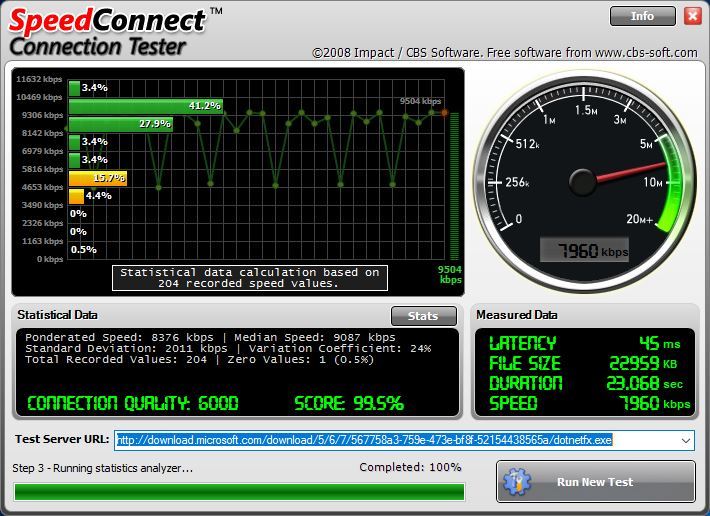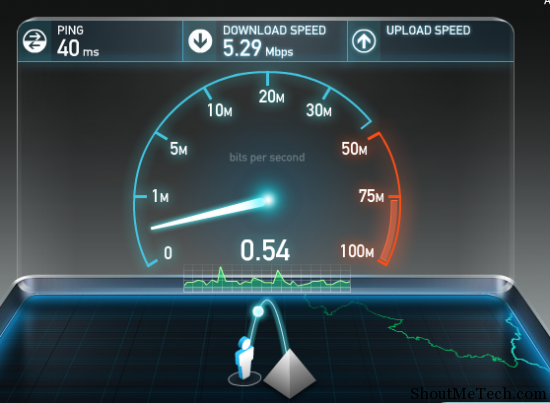

Your router should allow you to steer connected devices to a specific pod or extender, if you have them, and between 2.4GHz and 5GHz bands. If you rent equipment from a provider, call to ask about getting a better device. Otherwise, you may want to invest in a better router or Wi-Fi extenders to boost the Wi-Fi signal throughout your home.

Sometimes simply relocating your router to a more efficient spot will improve connection quality and eliminate or at least mitigate any dead zones. Conduct a few speed tests around your home to gauge what speeds you are getting and where the Wi-Fi signal might not be as strong. On the other hand, if you feel your current plan should meet your needs, it's possible your equipment is to blame. Many cable and fiber internet providers offer speeds up to 1 gigabit per second or higher, which is plenty of speed for the average home. If your plan lacks the speeds you need, upgrading to a faster plan (assuming one is available) will be your best option. There are two ways to remedy the situation: Scale back your internet expectations and use or make some upgrades.Ĭonsider the internet speeds you need and determine if your current plan can deliver those speeds. Maybe your internet isn't necessarily "out," it just can't keep up with what you're trying to do or where you're doing it.Ĭonstant buffering, excessive lagging, Wi-Fi "dead zones," and other connectivity issues could result from insufficient speed, bandwidth or Wi-Fi coverage to handle all your devices.


 0 kommentar(er)
0 kommentar(er)
